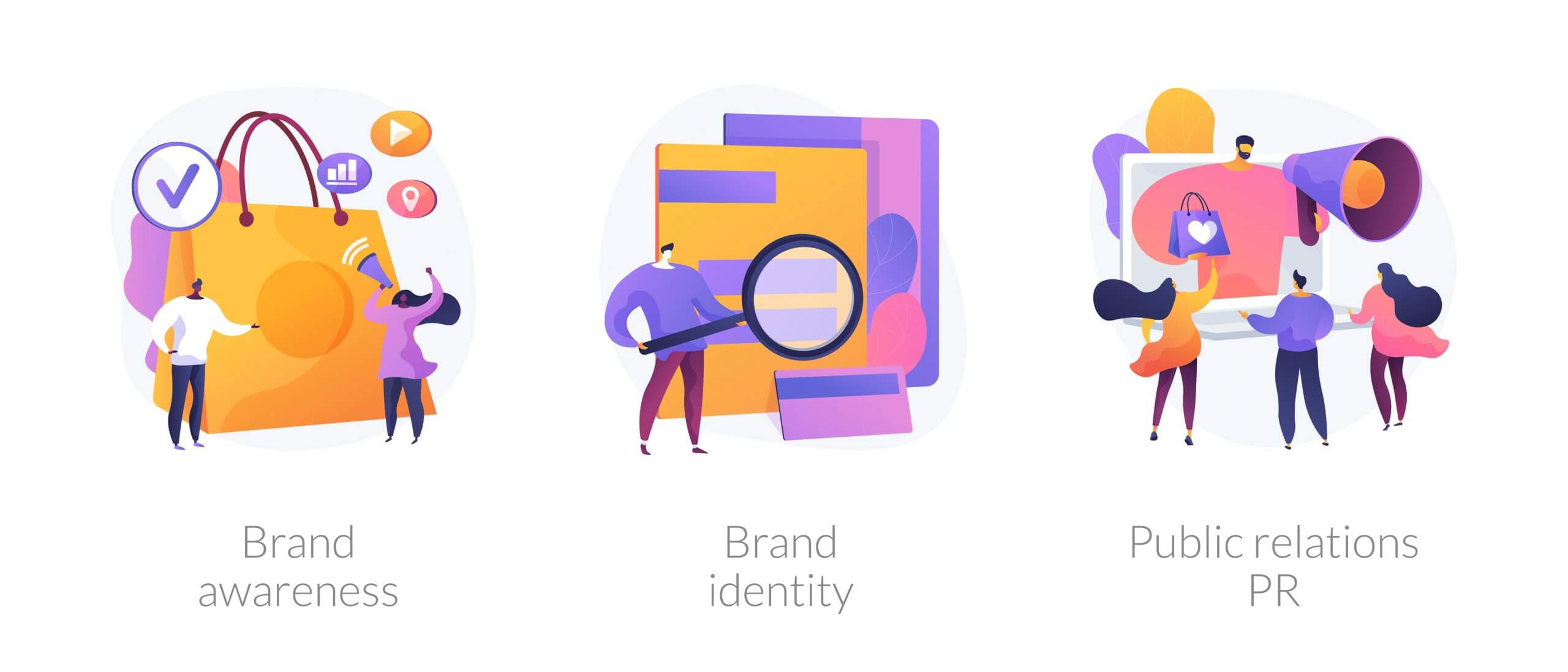Welcome to The Journey Talk with Rafa Uccello! Here we talk to young marketing professionals about their career journey, aspirations and inspirations. Get to know more about the people that are shaping the future of our industry.
This week, we got to chat with Paige Sontag, a Senior Manager at Nielsen, that talked about the importance of leadership and transparency in client relationships.
Name: Paige Sontag
Pronouns: She/her
Education: Bachelor of Arts Honours in English and Psychology at Queen’s University, and a Post-Graduate Certificate in Research Analysis at Georgian College
Industry: Digital Marketing / Advertising Technologies
Favourite quote: “You don’t know what you don’t know” – my boss and mentor
Guilty pleasure: Love Island and boxed wine

Q: Did you have a career in mind when you started?
A: No, not really. I went to Queen’s University for English and Psychology because I wasn’t sure of what I wanted. I had two ideas in mind: either I wanted to get a master’s in information sciences and become a librarian or do a master’s in counselling psychology and become a counselor. As I was near the end of my undergrad program, I realized I did not want to get another degree. After that, I started looking into colleges and multiple post-grad programs. I came across the Research Analyst program at Georgian College that sparked my interest. While I was there, I noticed that I liked marketing research, where I started my career. I always knew I enjoyed research; however, I also knew I didn’t want to work in academic research. When I started to learn more about marketing research, the passion started setting in. And the rest is history.
Q: Did you ever feel rushed to decide your path after undergrad?
A: I did feel kind of rushed because everyone wants to get a job after they graduate. My problem was that I wasn’t entirely sure about what I liked. I was a good student, but the university was not the type of study I liked to do, so I knew that doing a master’s without being sure if I would enjoy it was not worthwhile. That’s why I took the post-grad path; it turned out to be a great experience.
Q: At what point did you know what career you wanted to be in, and what you wanted to achieve?
A: When I was in my post-grad, I had different courses within research that sparked in me the certainty that “Yes, this is what I want to do”. I like qualitative research; although I leaned more toward quantitative analysis in my job, I had the opportunity to get trained as a moderator. Throughout that period, it became apparent that I wanted to have a career in that field.
Q: What is something you learned that has been impactful for you?
A: One of my bosses told me that “You don’t know what you don’t know”, which can be a confusing sentence. However, this taught me that when you work as a supplier of data to marketers and agencies, they expect you to be an expert in many areas, but you can’t always be that. Admitting that you don’t know something and finding the answer afterward, was one of the most impactful things. I’m a perfectionist at my core, and I always want to help my clients, immediately. But it is not always possible. It was hard for me to understand that at the beginning of my career, it helped me realize that it’s ok to not know everything in such a vast industry, and take the time to find the correct answer later on.
Q: What is one thing you wish you knew when starting your career in marketing?
A: I wish I knew that the job isn’t as important as it feels. When you are working hard because you want to see great results, you can burnout quickly. One thing people say in our industry is that “We don’t do brain surgery”. There are no radical outcomes if you can’t get something done. Although we are accountable to our clients within our deadlines, most clients understand if you need an extra afternoon to get something done. Needless to say, working is essential, but it’s not life or death. However, I still need to remind myself that it is okay to take a break, so I don’t feel burned out. That keeps me going.
Q: What keeps you motivated and inspired in your professional life?
A: For me, one of the essential things is leadership and being part of a team. What keeps me motivated is being able to keep my team motivated and engaged, and seeing their success. When they are successful, everyone wins, the team and each individual member. It also reflects how much I helped them grow and work toward their goals. I always say to my teams that if they need a reference for a future job, I would oblige; I don’t want to hold them back for what could be a significant step in their careers. Decisions leaders make can have a profound effect on the trajectory of their team members. I always want to help people—from those I manage to my team or my clients.





